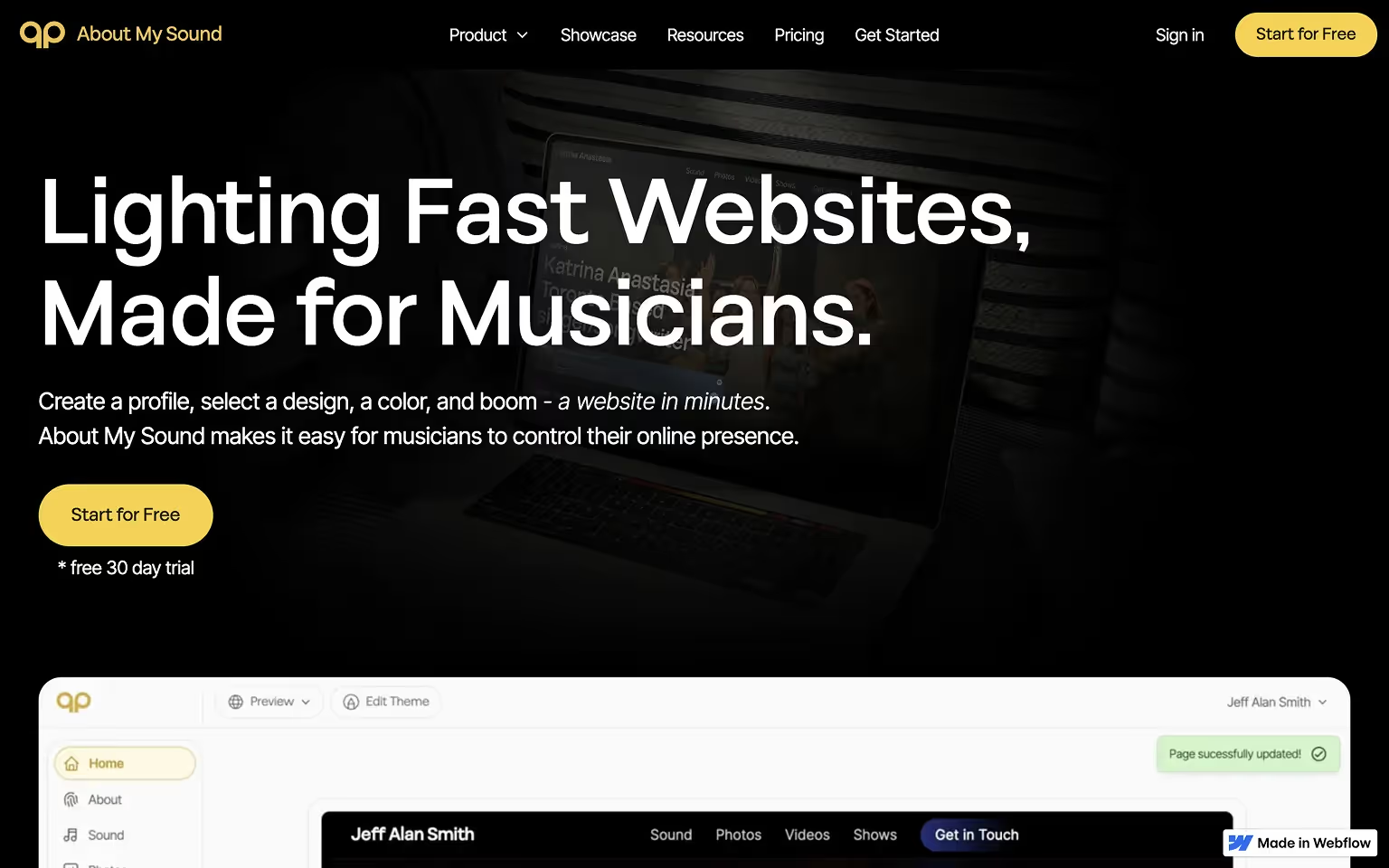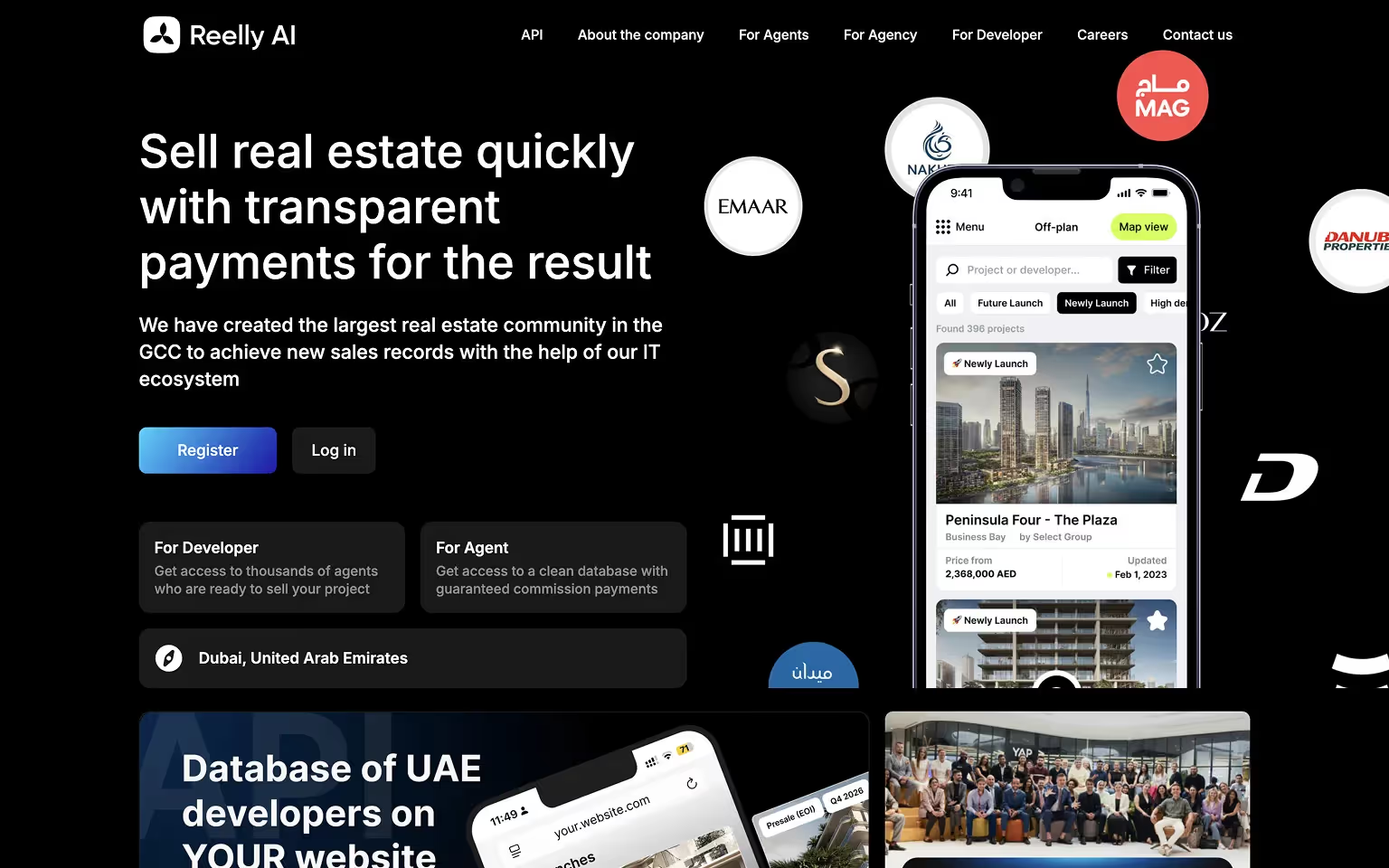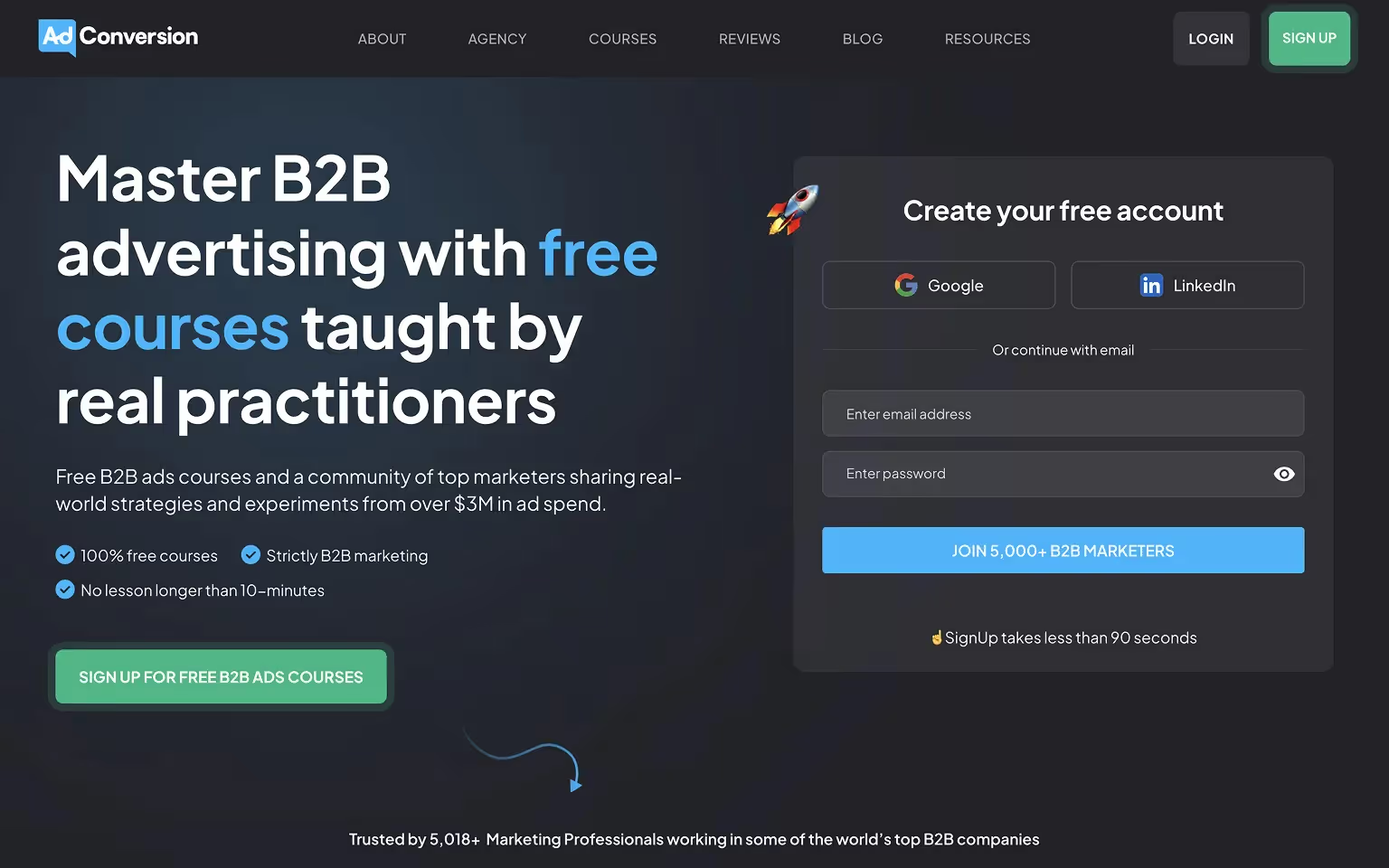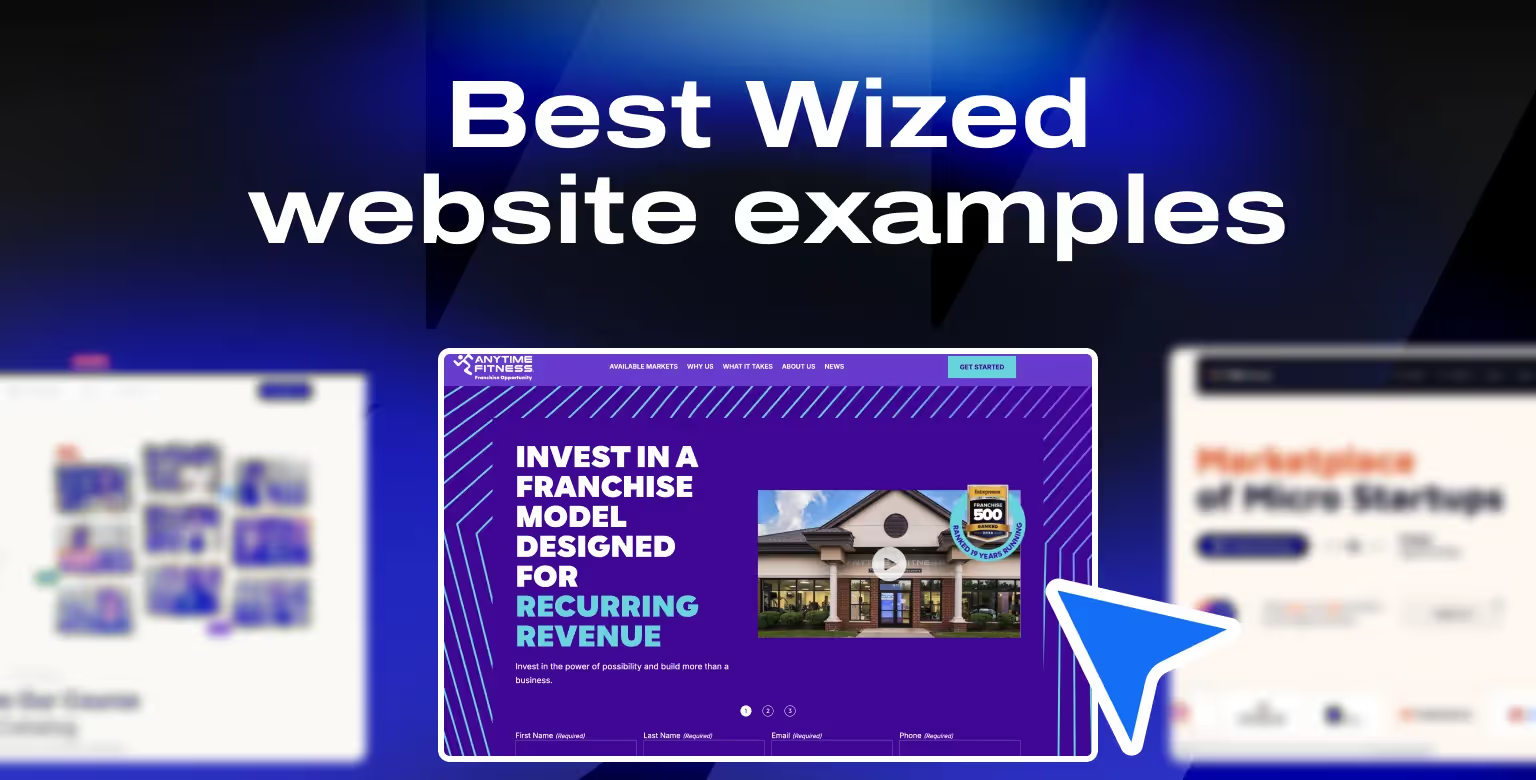This guide showcases ten live projects that pair Webflow with Wized to deliver app‑like functionality. Each example links UI components to APIs, uses client‑side state, and, when needed, hands background work to automations.
What is Wized?
Wized is a client‑side logic and data layer for Webflow. It connects UI elements to APIs, manages state in the browser, and orchestrates authenticated user flows inside your pages.
Wized Core capabilities
- Bind UI components to API data, with fetch, filter, sort, and pagination.
- Manage client‑side state for wizards, dashboards, validation, and conditional visibility.
- Perform authenticated reads and writes to external services via APIs.
- Personalize and gate content when paired with an auth layer such as Memberstack Webflow Integration.
- Trigger background workflows through signed webhooks to Make, Zapier (read more in our Webflow Zapier integration guide), or n8n when an operation should run off‑page or asynchronously.
How Wized fits in your tech stack
Division of responsibilities between tools
- UI‑critical actions that need instant feedback stay in Wized.
- Non‑UI operations such as emails, CRM syncs, or long‑running tasks go to Make / Zapier / n8n via a webhook.
For guidance on choosing between Make and Zapier, see our Make vs Zapier page.
Typical flow of using Wized
- User acts in Webflow. Wized validates and updates the UI immediately.
- Wized sends a signed request to an automation workflow if persistence or cross‑system work is needed.
- The workflow writes to the database, sends messages, or coordinates services, then returns a status.
- Wized reflects the result to the user.
Together, this keeps the front end responsive while complex work happens reliably in the background.
Why use Wized?
Wized reduces custom engineering effort for data‑driven features while keeping development inside Webflow. For complex Webflow builds, consider working with a Webflow development agency that can leverage tools like Wized to add advanced features.

Benefits of using Wized
These are the practical advantages teams notice when building data‑driven features in Webflow. Each benefit maps to a recurring bottleneck that Wized removes.
- Speed to value: Ship dashboards, multi‑step forms, and gated areas faster than a custom stack.
- Control: Model front‑end logic (conditions, state, branching) without wrestling with ad‑hoc scripts.
- Maintainability: Designers and builders can update flows alongside Webflow changes.
- Integration: Call APIs, read/write data, and coordinate third‑party services from one layer.
- Security posture: Pair with a mature auth layer (e.g., Memberstack) for roles and protected content.
When Wized is a good fit
Use Wized when the UI must react instantly to user input and reflect authenticated data. If the experience depends on state, roles, or complex branching, it belongs here.
- You need authenticated user areas, memberships, or role‑based content.
- You’re pulling from or writing to external data sources.
- Your flows require conditional steps, calculations, or stateful UI.
When you might not need it
Some projects are simple, and Webflow alone is enough. If there’s no dynamic state or write operations, keep the stack lean.
- Static marketing pages with simple CMS content.
- One‑off forms without conditional logic or data writes.
If your needs are basic, a simpler builder may suffice – see our Webflow vs Bubble comparison for more context.
Common use cases
These patterns show up on real projects and benefit from Wized’s client‑side state, conditional logic, and API binding.
- Onboarding and application wizards
- Course libraries and progress tracking
- Marketplaces and listing submissions
- Account dashboards and profile management
- Pricing, calculators, and quote flows
Best 10 Wized Website Examples
Below are ten live projects built with Webflow and Wized. Each example shows how teams use client‑side state, API calls, and gated access to deliver real product workflows.
[fs-toc-h2]Example 1: StudioForm, advanced forms builder
StudioForm was a finalist in the Memberstack × Wized “SaaS in 2 Weeks” challenge. It lets Webflow teams build advanced, logic‑driven forms without custom code.
What stands out
- Conditional branching and multi‑step flows for complex data capture
- Payment collection via Stripe
- A UI tailored for agencies and enterprise teams that need data‑rich forms
Notable workflows
- Form logic and validation handled in Wized
- Auth and access managed through an external provider (e.g., Memberstack)
- Structured exports that fit analytics or CRM workflows
[fs-toc-h2]Example 2: About My Sound, music profiles and press kits
About My Sound helps musicians create professional profiles and press kits. Users can assemble pages, share them with venues or labels, and manage content from a simple dashboard.
What stands out
- Editable templates and dynamic sections musicians can control
- Data‑driven content population into Webflow components
- Artist‑friendly publishing with minimal setup
Notable workflows
- Wized binds dashboard inputs to live profile pages
- External data storage for assets and metadata
- Role‑based access for owners vs. public viewers

[fs-toc-h2]Example 3: Qucoon Academy, online learning platform
Qucoon Academy is an online learning platform for cloud, DevOps, and IT. It pairs Webflow’s CMS with Wized to deliver a smooth, gated learning experience.
What stands out
- AWS Training Partner credentials, which signal curriculum quality
- Course libraries, progress tracking, and lesson gating
- A learner‑first UX tuned for global audiences
Notable workflows
- Authenticated student areas with saved progress
- Conditional access to lessons based on enrollment
- Instructor/admin tools to manage course content

[fs-toc-h2]Example 4: Microns, micro-startup marketplace
Microns is a marketplace for buying and selling micro‑startups. Listings, buyer‑seller messaging, onboarding, and search are all delivered through a Webflow front end powered by Wized.
What stands out
- Rich listings with filters and saved searches
- Dual onboarding for buyers and sellers
- Messaging and deal flow that keep transactions moving
Notable workflows
- Auth and roles for different user types
- Create/read/update operations against an external database
- Automated hooks for notifications and approvals

[fs-toc-h2]Example 5: Sleak Chat, live chat widget product
Sleak Chat offers GPT‑4‑powered live chat widgets for websites and SaaS products. The marketing site and demo flows use Wized to drive dynamic UI and data interactions.
What stands out
- Real‑time configuration and demo scheduling
- Admin‑style panels for updating chat logic
- Product‑led onboarding within the site
Notable workflows
- API calls to update or preview chat behavior
- Lead capture and handoff to the sales calendar/CRM
- Role‑based access for demo vs. admin paths

[fs-toc-h2]Example 6: Reelly AI, real-estate sales dashboards
Reelly AI streamlines real‑estate sales for agents and developers with personalized dashboards and real‑time deal tracking—delivered via Webflow and powered by Wized.
What stands out
- Clear workflows for agent vs. developer roles
- Live pipeline views and status updates
- Automations that reduce manual follow‑ups
Notable workflows
- Data writes to maintain deals, tasks, and notes
- Conditional visibility for role‑specific UI
- Integrations for notifications and documents

[fs-toc-h2]Example 7: TradingLab, trading education platform
TradingLab provides education, coaching, and tools for traders. Wized powers onboarding, gated resources, and event flows inside a cohesive Webflow experience.
What stands out
- Member‑only resource libraries and strategy content
- Live event registration and confirmations
- Community features that encourage repeat visits
Notable workflows
- Progress tracking and saved resources per user
- Payments and access control via external services
- Admin views to curate lessons and events

[fs-toc-h2]Example 8: Anytime Fitness Franchise, franchise application portal
Anytime Fitness Franchise is a lead qualification and onboarding portal for prospective franchisees. Visitors complete a guided, multi‑step application tailored to location and profile.
What stands out
- Conditional steps that adapt to applicant details
- Location‑aware content and requirements
- Seamless handoff to corporate systems
Notable workflows
- CRM integrations for lead capture and scoring
- Document and compliance checklists per region
- Review stages visible to both applicants and staff

[fs-toc-h2]Example 9: AdConversion Academy, B2B advertising academy
AdConversion Academy is a free learning platform for B2B advertising. Video lessons, structured modules, and progress‑based content are delivered through Webflow with Wized under the hood.
What stands out
- Onboarding that aligns content to role and skill level
- Progress‑gated access that keeps learners on track
- Real‑time updates to lessons and resources
Notable workflows
- Authenticated course areas with saved progress
- Webhooks/automations for lesson releases
- Analytics events tied to learning milestones
Looking for inspiration? We made a roundup of best B2B websites. It gives a great overview outside of realm of Wized.

[fs-toc-h2]Example 10: ArtMoney, art financing portal
ArtMoney helps collectors finance artwork in installments. Buyers, galleries, and financing partners connect through a streamlined online flow built on Webflow and Wized.
What stands out
- Transparent pricing and repayment schedules
- Role‑based dashboards for buyers and galleries
- Smooth handoff between discovery and financing steps
Notable workflows
- Dynamic display of artwork details and pricing
- Eligibility checks and application status updates
- Integrations for payments and document collection

FAQs
What is Wized?
Wized is a client‑side logic and data layer for Webflow. It connects UI components to APIs, manages state in the browser, and coordinates authenticated flows so users can view and update data without leaving the page.
Does Wized replace a backend?
No. Wized replaces a lot of front‑end scripting. You still need storage, secure server endpoints for sensitive work, and automations or a backend for tasks that should run off the page.
When should I use Wized vs Make/Zapier/n8n?
Use Wized for UI‑critical interactions that need instant feedback in the browser. Use Make/Zapier/n8n for emails, CRM syncs, heavy transforms, retries, and scheduled jobs. Call them from Wized via signed webhooks when needed.
How do I build a Wized website?
- Define roles and flows.
- Pick services: data store, auth, payments.
- Build UI in Webflow.
- Configure auth (e.g., Memberstack).
- Wire Wized to APIs with state, validation, and conditional views.
- Offload background work to automations.
- Secure endpoints, test on staging, then launch.
For an end-to-end process, see our article on how to build a business website.
How does Wized affect site performance?
Performance depends on payload size and API calls. Paginate results, lazy‑load data, debounce inputs, and cache where sensible. Add visible loading and error states.
Does Wized work with Memberstack for role‑based content?
Yes. Memberstack handles sign‑up, login, and roles. Wized reads the session and adjusts what users can see and do, and scopes API calls accordingly.
How do I secure API keys and sensitive operations?
Do not expose private keys in client code. Use server proxies or Make/n8n endpoints with signed requests and enforce role checks on the server.
Can I build a marketplace, LMS, or portal with Webflow + Wized?
Yes. Wized manages UI state and CRUD, while services like Memberstack, Supabase / Airtable, and Stripe cover auth, storage, and payments. Read our guide if you're simply looking to connect Webflow to Stripe.
How does Wized dynamic content impact SEO?
Public CMS content is crawlable. Login‑only areas are not. For SEO‑critical API data, sync to Webflow CMS or prerender summaries and link into app views.
Conclusion
These examples show how Wized turns Webflow into a foundation for real products: courses, marketplaces, forms, and complex funnels. The common thread is the same—bind UI to data, add logic where it matters, and protect content with a dependable auth layer.
If you’re planning a Wized build that requires gated content, memberships, or secure user flows, consider pairing Wized with Memberstack and a reliable data service. The result is a low‑code app stack your team can ship and maintain inside Webflow.




